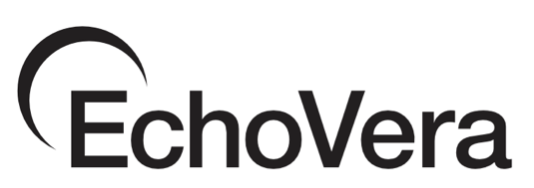Invoice Scanning and Intelligent Data Capture – A Guide
Invoice Scanning and Intelligent Data Capture – A Guide https://echovera.ca/wp-content/themes/corpus/images/empty/thumbnail.jpg 150 150 Tim Robertson Tim Robertson https://secure.gravatar.com/avatar/b0b77ea14349870d9dc2ba8ce2a0947073217d2f742890353bfc00417e8e4b8a?s=96&d=mm&r=g
PayStream Advisors did a survey of corporate back offices and found that many organizations are struggling with high volumes of both email and paper invoices – without an efficient way to capture the information into their ERP through technology such as invoice scanning, using OCR, or other means.
With the plethora of invoice scanning options around this important issue, it’s easy to get confused. Even the different file formats are treated differently, so it’s a good idea to understand which technologies do what, exactly. Let’s start with the bigger picture.
Inputting Invoices To Your ERP
Overall, here are the issues growing organizations with large invoice volumes are dealing with:
- Emailed invoices are received electronically, printed out and then keyed in manually (time consuming and resource intensive)
- Many companies have some OCR software, but often it is outdated or has integration issues. Older OCR software requires a lot of manual effort (such as manual field mapping)
- The PayStream report talks about efficient invoices, which are invoices that arrive for processing through EDI or a solution portal. The vast majority of invoices are not delivered this way, however, as most suppliers are sending emailed and/or paper format invoices to their customers
Five Ways To Process An Invoice in 2020
1. Digital PDF Suppliers output an invoice from their ERP as a digital PDF. The PDF is sent to a specific email address that uses automation and Artificial Intelligence to instantly recognize the vendor and read all of the field data.
The accuracy rate of 100% is achieved because it is a direct data transfer, since digital PDFs have a data layer that can be extracted by the software. Suppliers don’t need to change any of their technical structure or pay network fees, so on-boarding is rather painless.
2. Advanced OCR
For Paper Invoices – Paper invoices are scanned and advanced OCR recognizes the supplier and processes the invoice according to pre-set rules.
The software intuitively knows which fields to capture and stores the information in a database. Accuracy rates are high for this method as well: around 95%. Suppliers are already sending their invoices by post, so on-boarding is unnecessary.
For Invoices Sent In Email as Scanned Images – Sometimes suppliers will send a “picture” of the invoice (also known as a scanned image) by email. This type of file is processed by advanced OCR as well, with the same accuracy rate.
3. Invoice Portals
Suppliers enter invoice data into a supplier portal. Usually the data is manually keyed in, a time-consuming task. Low on-boarding rates (but usually good for smaller suppliers).
4. EDI or XML
The supplier sends an invoice in the XML or EDI format. Buyers who have an EDI system in place are happy, but suppliers have to justify the cost of installing and maintaining EDI. EDI and XML both have high accuracy rates, but the on-boarding rate is low, due to high cost.
5. Manual Data Entry
Keying in data from invoices manually, either from paper invoices or from emailed invoices that have been printed out to facilitate the process.
Things to Consider
For organizations looking to capture email, paper, and EDI or XML invoices digitally, it’s important to think about:
- the time involved in set up
- the I.T. resources needed
- infrastructure costs
- cost involved for the supplier
- on-boarding rates
Intelligent OCR & Intelligent Data Capture
EchoVera’s Intelligent OCR & Data Capture solution handles all the above file formats, from paper, to email, PDF, EDI, and XML very efficiently, for more information click here.
Intelligent OCR integrates with over 50 popular ERPs like NetSuite and SAP Business One, read more about integration here.
- Posted In:
- AP Automation



